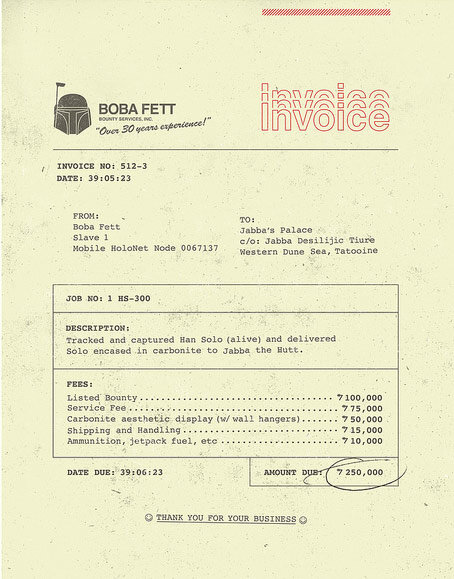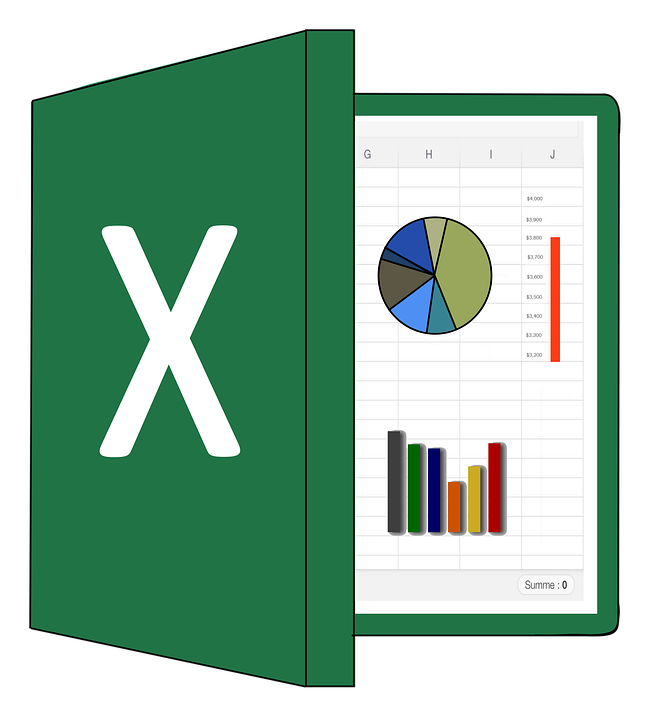4 Simple Financial Metrics to Help Measure the Success of Your Small Business
Most small business owners want insights into their business performance to get a sense of what they are doing well while also trying to understand their areas of weakness. Unfortunately a big picture view does not always immediately reveal itself– a thorough understanding of your business generally requires a more thorough analysis and introspection. You may be tempted to look at cash (or lack thereof) in your bank account or your net profit , however these are not always reliable indicators of success or failure , particularly when taken in isolation. Every small business owner should identify the specific needs and constraints of their business to determine the optimal analysis required to assess its financial performance. Some general analysis that most businesses can benefit from are presented below:
analyse profit loss statement
One of the simplest ways to understand the financial health of your business is by reviewing your profit and loss statement:
Compare your current year profit (or loss) to the previous year and calculate your net profit as a percentage of sales for both the current and prior year to see if you are maintaining or improving upon your financial performance. A profit number that is simply higher than the prior year might be deceptive since sales may have increased more than profit which means that your relative profit is decreasing.
Compare your gross margin percentage to the previous year (see below for gross margin analysis).
Review your overhead expenses as a percentage of sales and to the previous year to determine your highest costs, increases and decreases and where improvements can be made.
Before beginning your analysis you should reflect the following Adjustments to normalize earnings:
Salary and Expense Adjustment: If you, as the proprietor, did not take a salary, you should reduce your profit by a reasonable estimated salary that takes into account the amount of time you spent at a reasonable rate. By the same token, if as an owner you are taking a higher salary than would be paid to an employee doing a similar job, the difference should be added back to profit. You should also take into account any other expenses that may be reflected at a discount or premium eg a rent reduction because your father in law owns your premises or a subscription that you might be expensing in another business and reduce your profitability by the market value of the perk.
Bad Debt Expense and Inventory Writeoff: Ensure that you reflect bad debts i.e. amounts from deadbeat customers who are probably not going to pay (no matter how hopeful you are) and reductions in inventory for items that have gone out of style, are obsolete or just not selling.
Other Unusual/Non Recurring Items: Any other transactions that are not in the normal course of business such as costs incurred to pay a legal settlement or gains or loss from sale of assets or accounting fees paid to restructure the accounting of the business would be adjustments to normalize profitability to provide an effective comparison.
Gross Margin Analysis
If you sell products, your gross profit margin is an important metric that should be compared to your own historical rates as well as to the industry standard and competitors, where information is available. Your gross margin basically lets you know how much you have left over after selling a product to cover your overhead costs. Gross margin is calculated by taking your net sales and deducting direct costs like materials, labour, tools, amortization of material etc. A good understanding of the gross margin of your business can help you build/adjust your pricing strategy , determine your break even point and make more informed decisions about direct costs. Below is a gross margin calculator to help you determine your gross margin ratio. Higher is better, particularly when compared to a previous period.
Gross Margin Calculator
Return on Investment
An extremely important calculation, particularly for proprietors who have invested capital into their businesses, is to determine the net profit as a percentage of the invested amount (ROI). This communicates the return that you are receiving on your investment, which should then be compared to the return that you could get on another type of investment. Imagine you are a cafe owner that has invested $100,000 into your cafe. Your ROI at the end of the year is $10,000, which translates into a return of 10%. Assuming that you pay yourself a reasonable salary (already reflected in the expenses), 10% is a decent return on $100k considering you would probably get a lot less in a savings account or even the stock market (keep in mind that running a business has a high premium for risk, as it is easier to lose some or all of your investment,so 2% in a savings accounts might be equivalent to 10% in a business). Alternatively, if your return is only 5%, it might be time to re-evaluate the business given that you are getting a low return for a high amount of risk. Clearly there are many other factors to take into consideration, but this is a good starting point.
Cash Flow Analysis
You might find that you are profitable; however your cash flow is tight or negative. This could be due to several factors:
High levels of accounts receivable i.e. customers who owe you money. This means that, although your sales are high, your collection rate is slow thereby reducing your cash flow.
You need to maintain high inventory levels to ensure that you are able to meet customer demand. This could mean that you are tying up too much of your free cash flow in inventory.
Although customers pay slow, your suppliers require that you pay quickly thereby creating an imbalance between amounts received and paid.
Analyzing your cash flow requirements is essential to the survival of most businesses. It is important to identify why your cash flow diverges from your profit and prepare a cash flow forecast so that you are able to arrange for financing whether it is a line of credit, revolving loan or more equity from investors. Many promising businesses have failed due to issues with cash flow.
There are numerous analyses that can be done to measure the financial health of your business, but there are only so many hours in a day and only so much that any one person can look at numbers without it all becoming a little bit meaningless. As such it is important to identify the areas of your business that need to be examined, systematize them by creating monthly or quarterly reports and review them on a regular and timely basis.
Looking for Help with Your Accounting?
Check out my resources below:
📘 QuickStart Your QuickBooks : A detailed, practical guide with step-by-step instructions, screenshots, and best practices to help you manage your accounting without stress in QBO. Learn More
🎥 QBO Made Simple Masterclass: A 60 minute series of short video trainings that walk you through the key features, common tasks and time saving tips in QuickBooks Online. Learn More
💬 Consulting Services Need help with setup, cleanup, or questions specific to your business? Book a one-on-one session for personalized guidance and expert support. Book a Consultation










